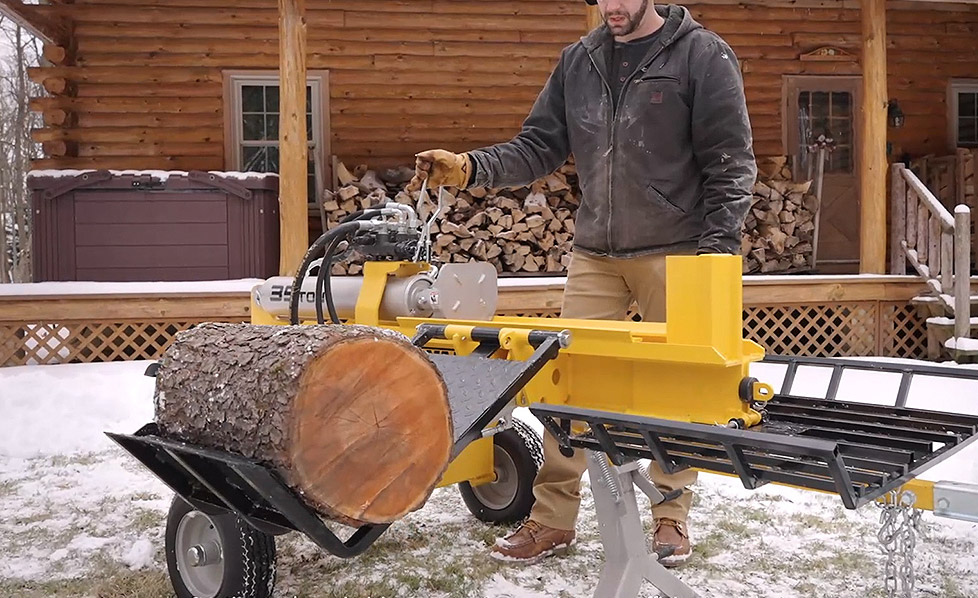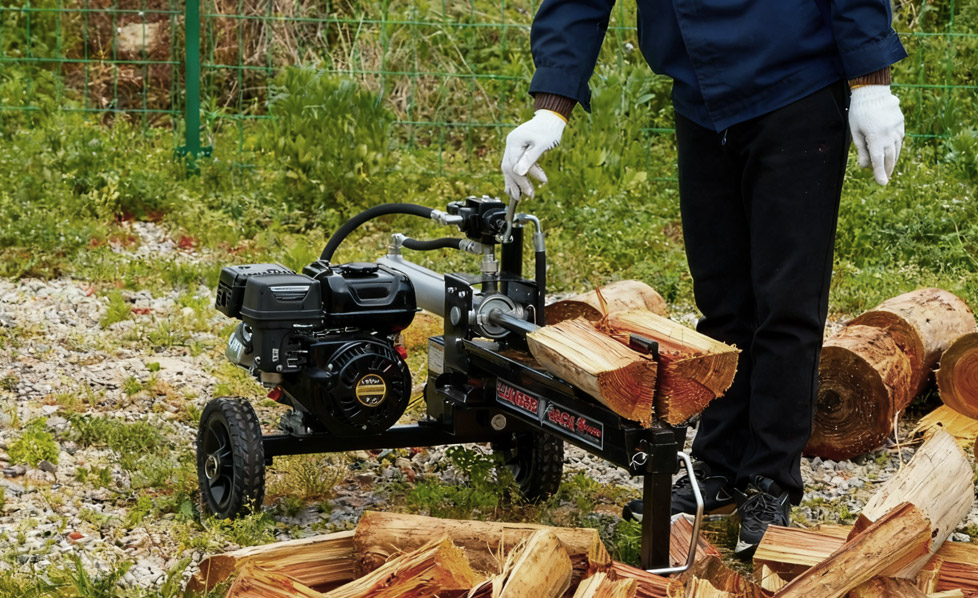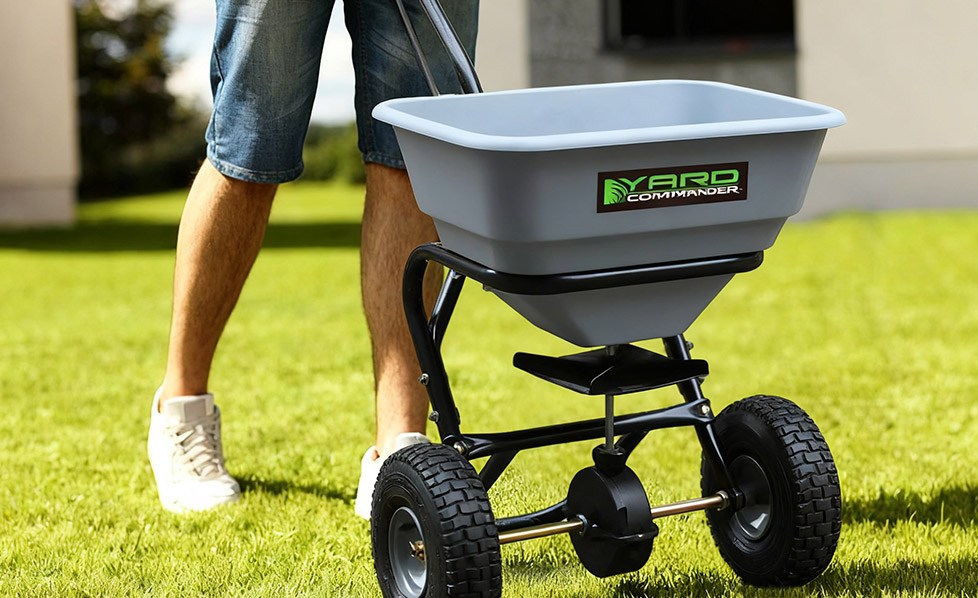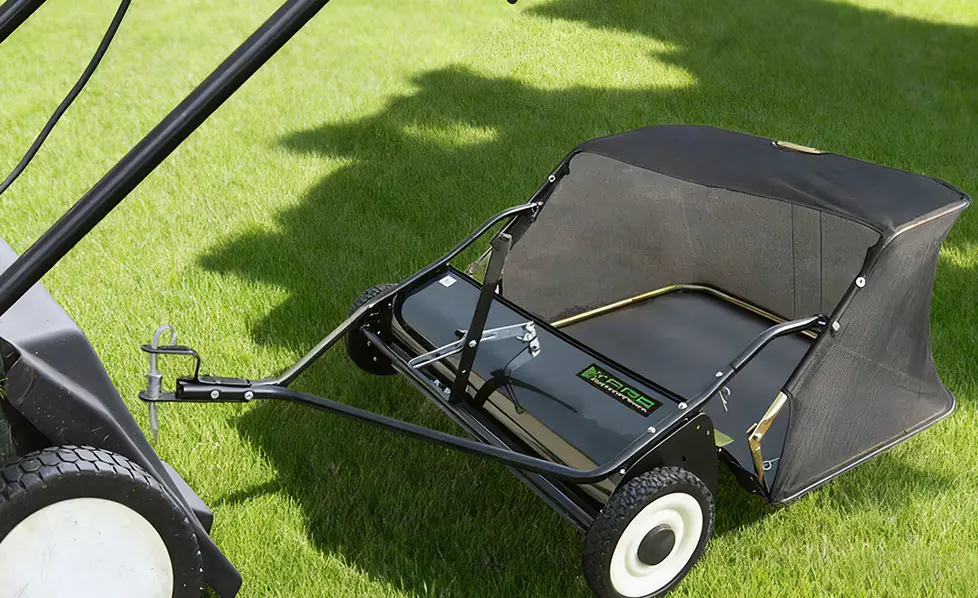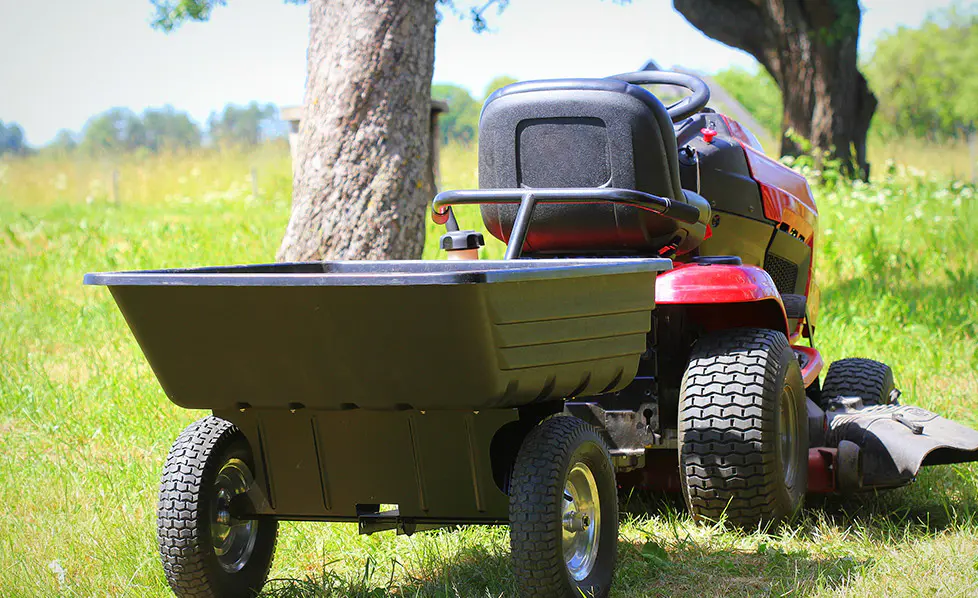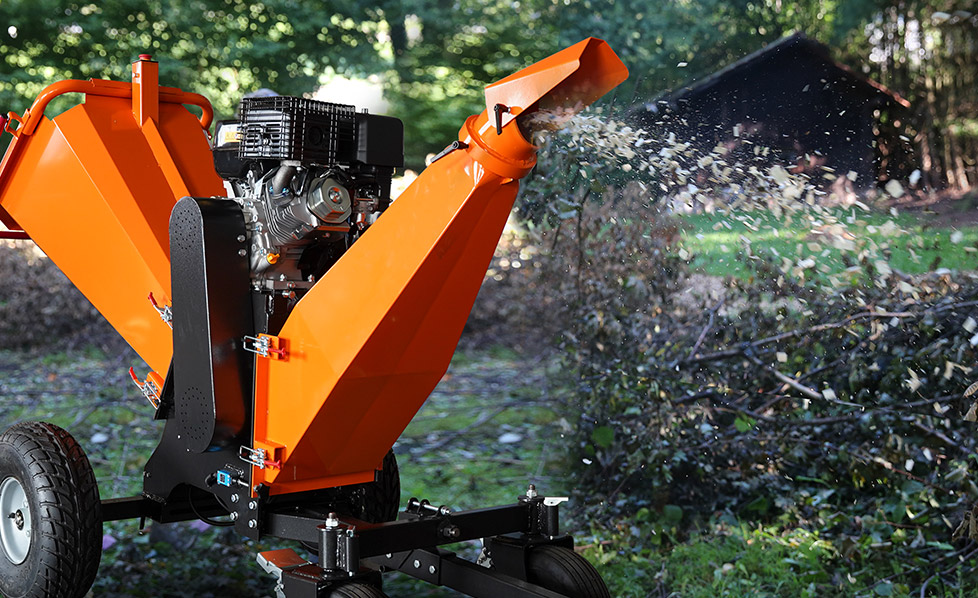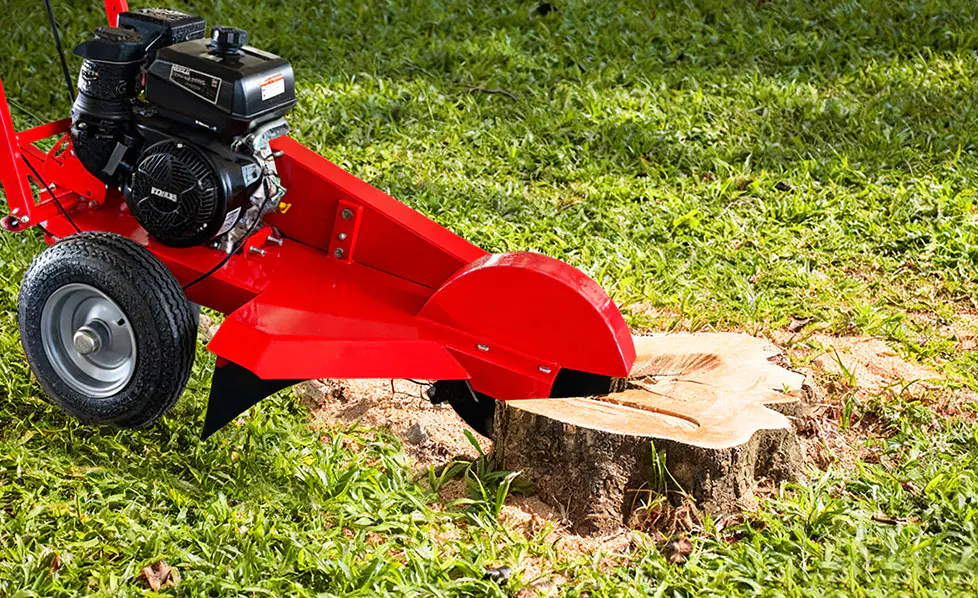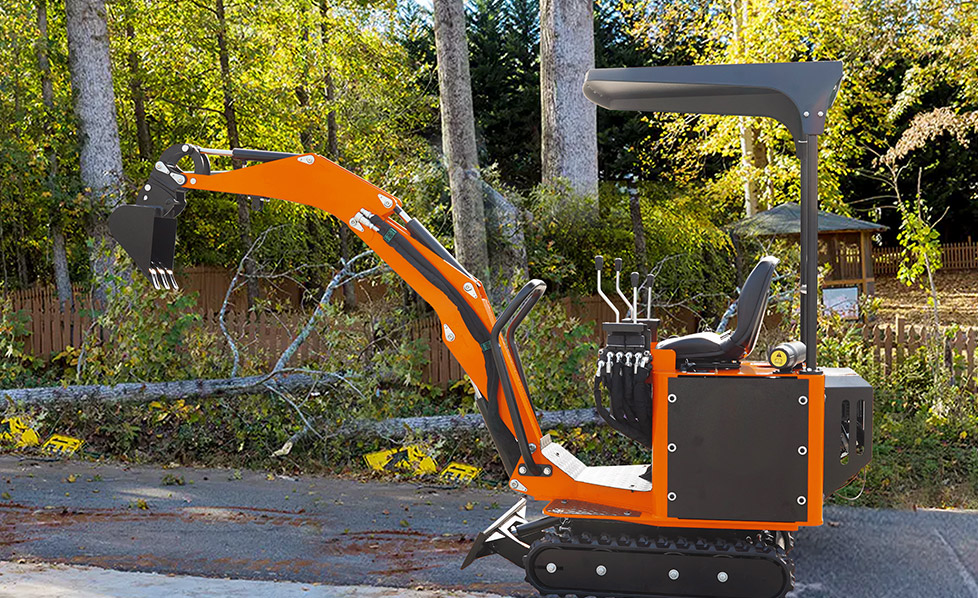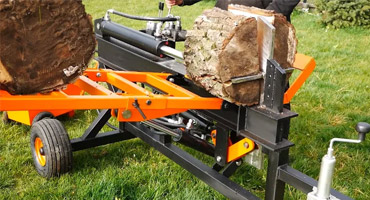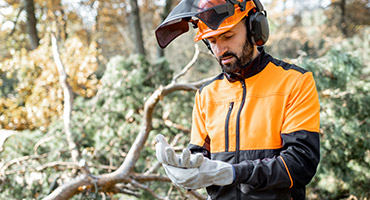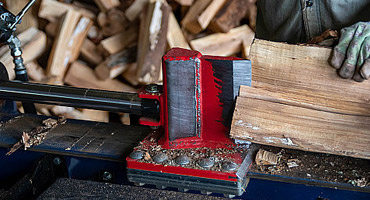 LANGUAGE
LANGUAGE


Web Menu
Product Search
Language
Exit Menu
We provide quality products and services to customers from all over the world.
What do I need to know before buying a manual log splitter?
When considering the purchase of a manual log splitter, it’s essential to understand the different types available, their safety features, efficiency, and suitability for various tasks. Unlike powered alternatives, manual log splitters rely on human force, making them eco-friendly log splitter tools that are ideal for those who prefer no-electric log splitter options.
What should I look for when buying a manual wood splitter or hand log splitter?
Selecting the right manual wood splitter requires careful consideration of several factors. The first is build quality—durable materials like high-grade steel ensure longevity, especially when splitting dense hardwoods. A wedge log splitter manual model, for example, should have a hardened steel wedge to resist wear.
Another critical factor is design efficiency. Screw-type manual log splitters and foot-operated log splitters reduce strain compared to traditional axe splitting, but their mechanisms differ significantly. A screw-type model uses a rotating cone to split wood, while a foot-operated version relies on leverage for easier operation.
Portability is also important, particularly if you need a manual log splitter for camping or frequent relocation. Lightweight models with handles or foldable stands enhance convenience. Additionally, check for safety features, such as non-slip bases or protective guards, especially if purchasing a safe log splitter for home use.
Finally, consider the log capacity. Some manual firewood splitters handle only small logs, while heavy-duty models can process thicker rounds. If you frequently split large-diameter wood, opt for a best manual log splitter for hardwood with a higher weight tolerance.
How safe is a foot-operated log splitter compared to a hydraulic manual log splitter?
Safety is a primary concern when using any manual log splitter, and different types present varying risks. A foot-operated log splitter minimizes direct hand contact with the splitting wedge, reducing the chance of accidental cuts. However, improper use—such as unstable footing or overloading—can still lead to injuries.
In contrast, a hydraulic manual log splitter uses a pump mechanism to generate force, requiring less physical exertion but introducing potential hydraulic fluid leaks or seal failures. While generally safer due to reduced user fatigue, hydraulic models still demand proper handling to avoid pinch-point injuries.
Key safety comparisons include:
| Feature | Foot-operated log splitter | Hydraulic manual log splitter |
|---|---|---|
| User force required | Moderate | Low |
| Hand proximity to blade | Minimal | Moderate |
| Risk of fluid leaks | None | Possible |
| Stability | Requires solid footing | Typically more stable |
For home use, a foot-operated model may be preferable due to its simplicity, while a hydraulic manual log splitter distributor might recommend hydraulic versions for frequent, high-volume splitting.
Is a portable manual log splitter worth it for occasional home use?
For those who only need to split firewood occasionally, a portable manual log splitter offers several advantages. These compact tools are easy to store and transport, making them ideal for homeowners with limited space. Unlike bulky gas or electric splitters, a no-electric log splitter requires no power source, reducing both cost and maintenance.
However, portability often comes with trade-offs. Smaller manual kindling splitters may struggle with dense hardwoods, while larger manual firewood processors provide more splitting power but are less mobile. If you primarily process small to medium logs, a garden equipment manual log splitter with a stand can be a practical middle-ground solution.
Cost-effectiveness is another consideration. While wholesale manual log splitters may offer bulk savings, an occasional user might prefer a single, moderately priced unit. Brands supplied by a manual log splitter factory China often balance affordability and durability well.
How much physical effort is needed to operate a screw-type manual log splitter?
A screw-type manual log splitter requires significant upper-body strength, as it involves rotating a threaded cone into the wood grain. While effective, this method can be strenuous compared to a hand log splitter that uses a lever or hammer action.
The effort depends on:
- Wood hardness: Oak or hickory demands more force than softer pine.
- Tool design: Models with longer handles provide better leverage.
- User technique: Twisting steadily is more efficient than erratic force.
For those seeking an axe alternative for splitting wood with less strain, a wedge log splitter manual or foot-operated model may be preferable.
Can a manual firewood splitter handle hardwoods like oak or hickory?
Yes, but performance varies by type. A best manual log splitter for hardwood typically features:
- High-carbon steel wedges to resist dulling.
- Wider splitting blades to prevent jamming.
- Sturdy construction to withstand repeated heavy use.
For example, a manual hydraulic log splitter handles hardwoods more easily than a basic agricultural hand tool log splitter, but both can work with proper technique.
Choosing a manual log splitter involves balancing power, safety, and convenience. Whether you opt for a portable manual log splitter, foot-operated, or hydraulic manual model, prioritize durability and suitability for your specific needs. For further guidance, consult a manual log splitter supplier or forestry tool suppliers to compare options.
NEXT:What are the common issues with an electric log splitter and how to fix them?
Interested in cooperation or have questions?
- No. 158 Songhai Road, Huimin Town, Jiashan City, Zhejiang Province P.R. China
-
Tel:
0086 573 8464 3695
0086 573 8464 7353
- E-mail: [email protected]

 English
English